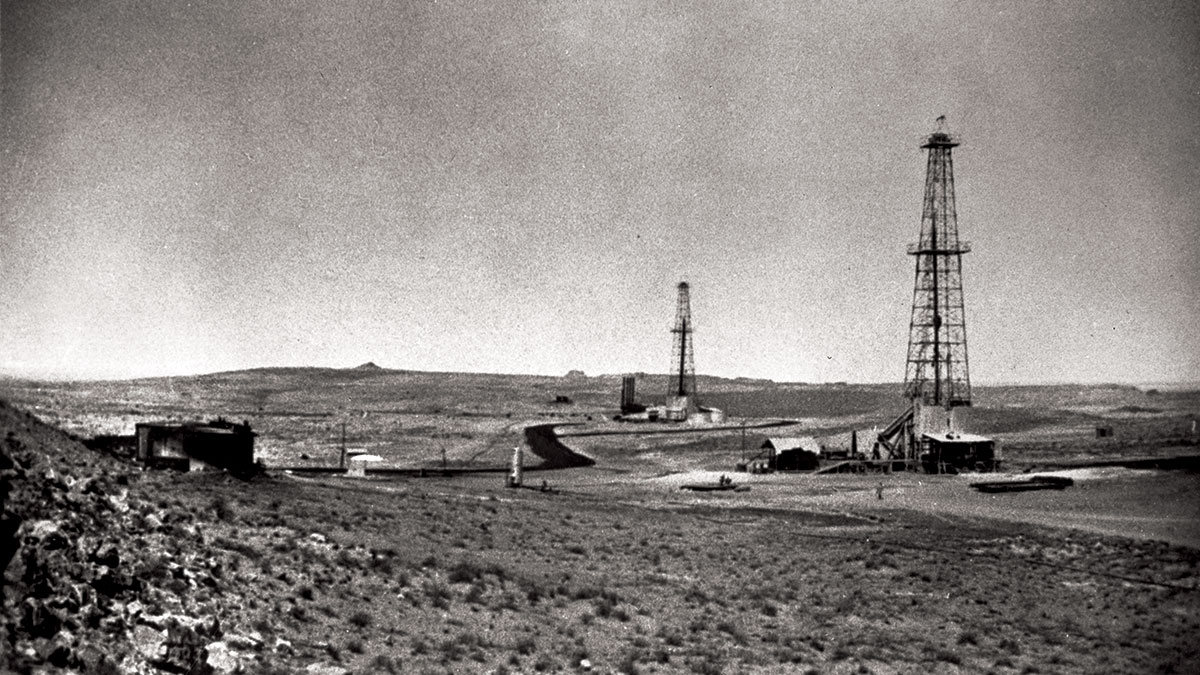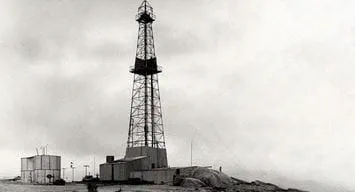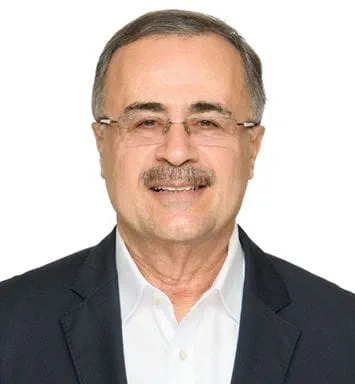COMPANY ANNIVERSARY
Part 1: On March 4, 1938, Dammam Well-7 started production

Global March 07, 2021 - By
Despite the success, the next two years were incredibly difficult. In the first of three parts, the author reveals the immense challenge of finding a second oil field.
By October 1938, the Dammam field was proven and declared to the world. So far, so good.
But for the Standard Oil Company of California (SOCAL), the company that had signed the Concession Agreement and went on to become one of the four owners of Aramco, a single oil field was never going to be enough.
In the 1930s, Dammam and al-Khobar were tiny fishing villages. Everything SOCAL needed, they had to bring or build. To justify the colossal expenditure, SOCAL needed to find a second oil field.
They chose Abu Hadriya, 160 kilometers (km) northwest of Dhahran, and started drilling there early in 1939.
One of the young geologists was the multitalented Thomas Barger, who rose to become Aramco’s CEO in the 1960s — his skill with a rifle impressed even the finest Bedouin hunters and his ability to learn Arabic likewise impressed King Abdulaziz.
Barger had secretly married just before he left America and he wanted to share his life with his new wife. His letters home (published by his son) are a treasure trove of what life was like for the earliest oil explorers.
If the [Abu Hadriya] well is a dry hole, it will have a tremendous adverse effect … it would infinitely decrease the chances of finding oil in some other places.
— Thomas Barger in a letter to his wife Feb. 26, 1939
The drilling team got to work. Expectations were raised as they reached the same depth as Lucky 7. Nothing. They remembered Max Steineke’s message about Well-7 in Dammam: drill deeper. So, they drilled. War broke out in Europe in September and still they drilled.
In early 1940 the drill bit reached 3 km — more than twice the depth of Lucky 7, and at that time, an incredible depth virtually unheard of anywhere else in the world.
Division in the ranks
Barger recalls senior staff having “a big argument … with one faction in favor of deepening the hole and another group saying that the well was already at 10,000 feet.”
The argument was decided by the SOCAL board who sent a terse instruction to Dhahran: shut down. The drillers reluctantly acknowledged the order and looked at the last pile of drillpipes ready for use; six pipes each of 90 feet. Then they looked at each other.
Without a word, they made their decision and someone (never identified) conveniently misplaced the telegram. Before they finished using those last pipes, they struck oil.
Barger reflected on this decision in his famous letter of March 3, 1940: “The oil at Abu Hadriya means a great deal … now the company will start drilling another structure at a place called Abqaiq. This is going to be a great oil company.”
How right he was.





